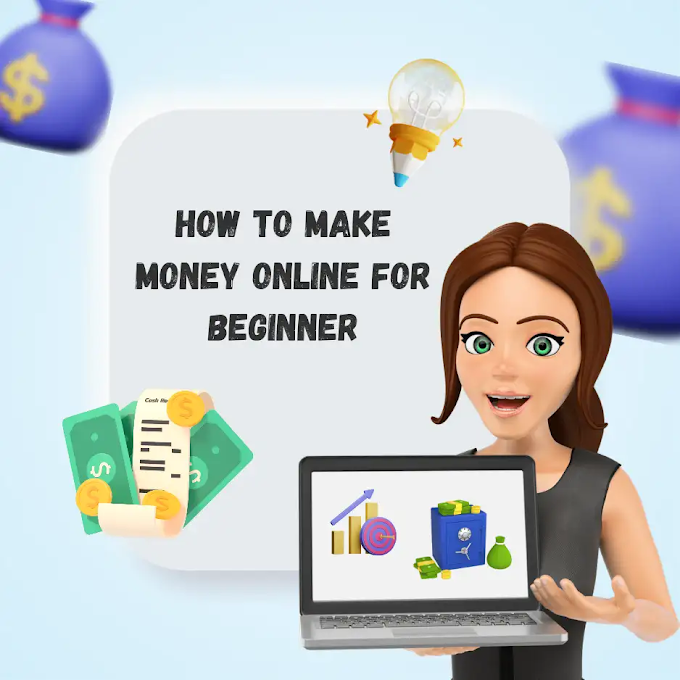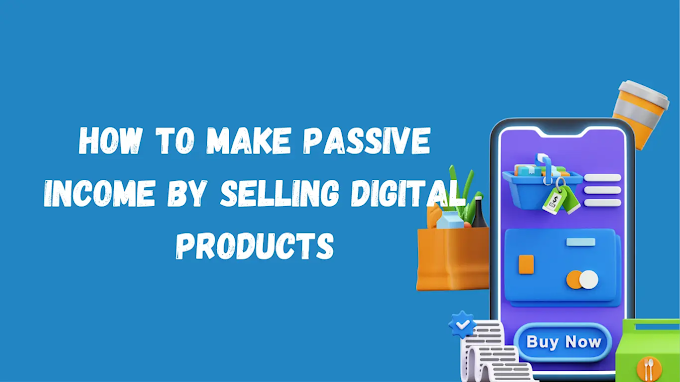Unlock $2,000 Monthly with Affiliate Marketing: Step-by-Step Guide for Bloggers in 2024
Chapter 1: Understanding Affiliate Marketing
a. What is Affiliate Marketing?
1. Defining Affiliate Marketing: Affiliate marketing is a performance-based marketing model where you earn a commission by promoting other companies' products or services. You act as the middleman, connecting the merchant (who owns the product) with potential customers.
2. How It Works: You promote a product using unique affiliate links provided by the merchant. When someone clicks your link and makes a purchase, you earn a percentage of the sale. It’s a simple model but requires strategy and effort to scale.
3. Why It’s Scalable: The beauty of affiliate marketing lies in its scalability. You can promote products to a global audience, which means your potential earnings aren’t limited by geography. Plus, once you set up your content, it can generate passive income over time with minimal maintenance.
b. Why $2,000 is a Realistic Goal
1. Breaking Down the Numbers: Earning $2,000 a month might sound daunting, but let's break it down. If you promote a product that earns you $50 per sale, you’d only need to make 40 sales in a month, or roughly 1-2 sales per day, to hit your goal. When you think of it this way, $2,000 becomes much more attainable.
2. Success Stories: Many affiliate marketers have achieved—and exceeded—this goal by focusing on the right strategies. For example, Pat Flynn, a well-known affiliate marketer, started small and gradually built a business that now earns him over $50,000 per month.
Here are some examples of affiliate revenue:
3. Handling Objections: Some might argue that the market is saturated. But the truth is, there are always new products, niches, and audiences to tap into. By focusing on providing genuine value and finding underserved niches, you can carve out a profitable corner of the market for yourself.
Chapter 2: Choosing the Right Niche
a. The Importance of Niching Down
1.Why Niching Down Matters: When you target a broad audience, you’re competing with everyone. By niching down, you can focus on a specific audience with specific needs, allowing you to create more relevant content and become an authority in that space.
Example: Think of the difference between promoting “fitness” products versus “fitness products for new moms.” The latter is much more targeted, allowing you to speak directly to that audience's unique needs and challenges.
b. How to Find a Profitable Niche
1. Researching Niches: Start by brainstorming topics you’re passionate about. Then, validate these ideas by researching their popularity and profitability. Use tools like Google Trends to see if interest in your niche is growing or declining.
2. Keyword Research: Tools like Ubersuggest or Ahrefs can help you find keywords related to your niche that people are actively searching for. Look for niches with high search volume but low competition to maximize your chances of success.
3. Combining Passion with Profit: Your niche should be something you’re passionate about, but it also needs to be profitable. If you’re passionate about a niche, it will be easier to create content and stick with it long-term, even if the results aren’t immediate.
Chapter 3: Finding the Right Affiliate Programs
a. Types of Affiliate Programs
1. High-Ticket vs. Low-Ticket Programs: High-ticket programs offer larger commissions but are harder to sell, while low-ticket programs might sell more easily but offer smaller commissions. Both have their place in a balanced affiliate strategy.
2. Recurring Commissions: These are programs where you earn a commission not just on the initial sale, but on every payment the customer makes (e.g., subscription services). This can build a steady stream of income over time.
3. Popular Affiliate Programs: Amazon Associates, ShareASale, and ClickBank are some popular platforms with a wide range of products. Each has its strengths, so choose the one that aligns best with your niche and audience.
b. How to Evaluate an Affiliate Program
1. Checklist for Evaluation:
- Commission Rate: Higher rates are obviously better, but consider the product's price and how well it fits your audience.
- Product Relevance: Ensure the product is relevant to your audience. Promoting unrelated products can damage your credibility.
- Cookie Duration: This is how long after a user clicks your link you can still earn a commission if they buy the product. Longer cookie durations give you a better chance of earning.
- Aligning with Your Niche: Choose programs that offer products your audience actually needs. This will increase your conversion rate and help build trust with your audience.













